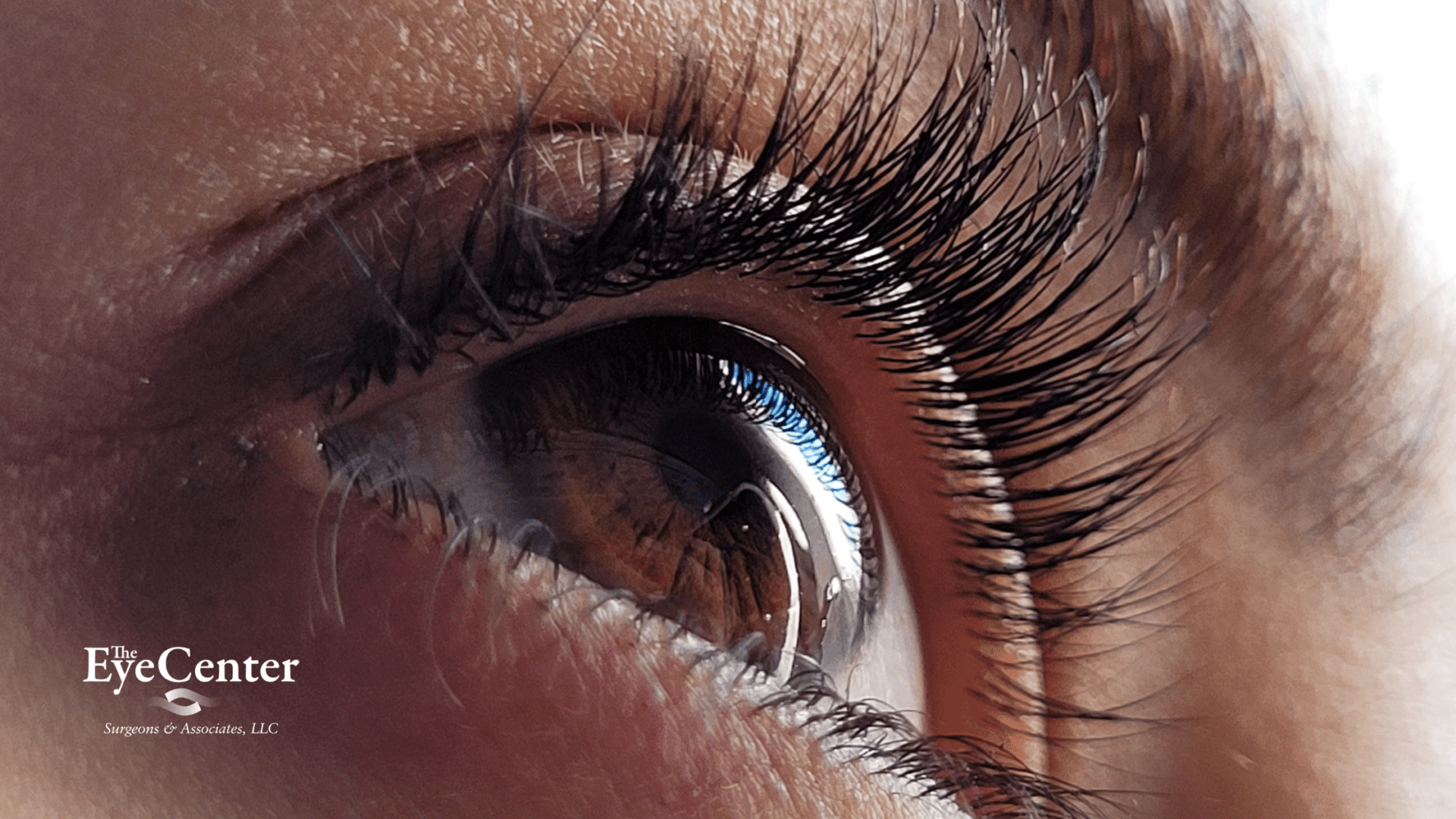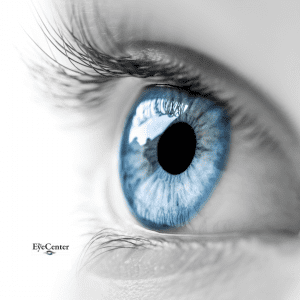Why Do We Have Different Eye Colors?

The eyes are one of the first things we notice when meeting someone. Some people have brown eyes, some have blue or green, and some even have eyes that are a mix of colors! Genetics and other factors can help determine eye color. Still, exactly how we inherit our individual eye color is complex and not fully understood.
Here are the basics on why we have different eye colors.
What Gives Us Our Distinct Eye Color?
Eye color is determined by genetics and the amount and type of pigments in the iris. The iris is the colored part of the eye. It controls the amount of light entering the eye. Pigment is any colored material of plant or animal cells. The two primary pigments that determine eye color are melanin and lipochrome.
Melanin is a dark pigment that gives color to the eyes, hair, and skin. The amount of melanin varies from person to person, and those with more melanin tend to have darker eyes, and those with less tend to have lighter eyes.
Lipochrome is a yellow pigment present in the iris that contributes to assorted colors, particularly green or amber-colored eyes.
Genetics is the combination of genes inherited from each parent. It influences the amount and type of pigment in the iris, resulting in a wide range of eye colors.
Common Eye Colors
According to Medical News Today, the eye colors listed below are the most common worldwide. Also included is a rough percentage of people who have them.
- Brown: 75%
- Blue: 10%
- Hazel: 5%
- Gray: 3%
- Green: 2%
- Various other colors: 4%
- Heterochromia: 1%
Heterochromia is a rare condition affecting the iris. It causes differing melanin levels in each eye, which gives each a distinct color. For instance, one eye may be brown and the other, gray. This condition is harmless when it is genetic. Heterochromia only needs to be treated if it occurs due to health conditions, such as glaucoma, diabetes, eye tumors, certain medications, or eye injuries.
It should be noted that eye color does not affect your vision, although individuals with darker eyes may experience less discomfort in sunlight because increased melanin levels act as a sunshade of sorts.
What Other Factors Affect Eye Color?
- You may have observed a baby born with blue, gray, or lighter eyes that darken as they age. This happens because it can take time for the cells in their eyes to produce melanin. Light triggers melanin production, and that production can’t occur until they have been exposed to sunlight.
- People with albinism have very little melanin. So, their irises are clear but appear red or pink because we can see their blood vessels.
Everyone’s eyes are unique and many factors affect their color. While considerable progress has been made in understanding the interaction of genes, environment, and their contribution to eye color, we still have a long way to go.
However, if you have additional questions regarding your eyes and need to schedule an exam, please contact The Eye Center, with locations in Huntsville and Madison, at (256) 705-3937 to make an appointment.
